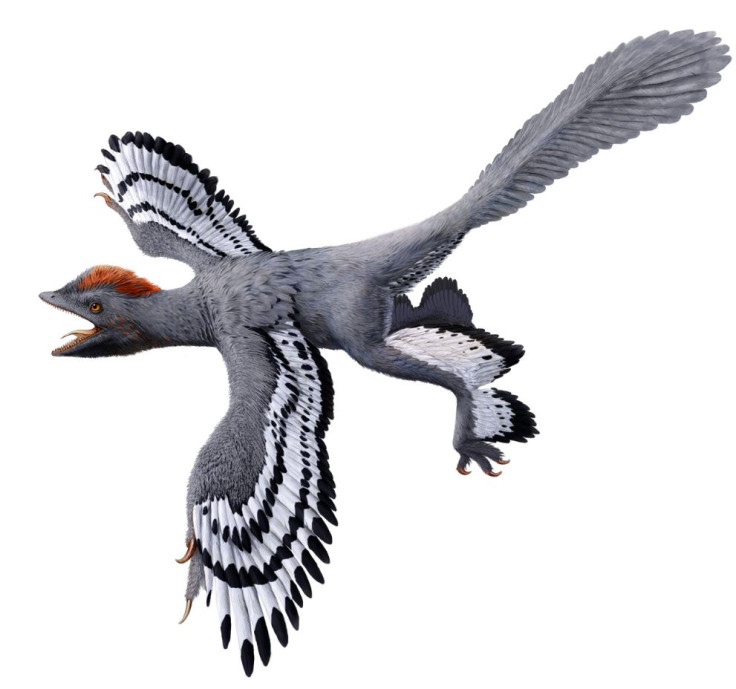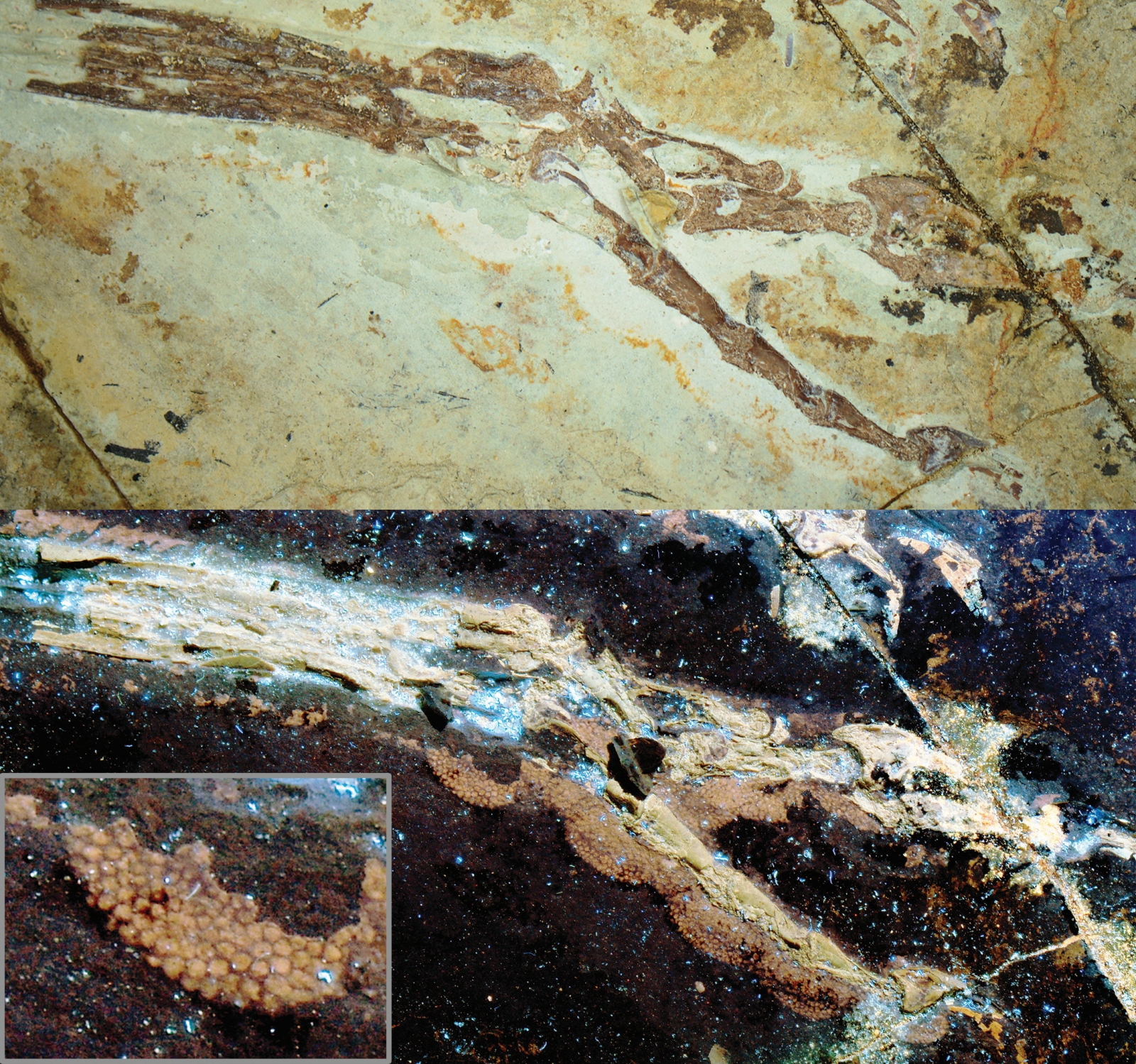Here's a tiny Jurassic chicken dinosaur that lived 160 million years ago
The species, Anchiornis, already had drumstick-shaped legs and bird-like footpads.
A tiny chicken-like dinosaur has been reconstructed using advanced laser imaging, revealing the physical features of the species that roamed the Earth 160 million years ago. Analysis showed the Late Jurassic dinosaur Anchiornis already had many bird-like features, including drumstick legs, a tail and footpads.
While we have a wealth of Jurassic fossils, with new species of dinosaur being uncovered on a regular basis, what they actually looked like is not known. This is because soft tissue is very rarely preserved – so things like skin, flesh and feathers are lost over time. Instead, we have to fill in the gaps with our understanding of living species.
However, scientists from China and the US have now been able to reconstruct the body shape of a small dinosaur from the Late Jurassic period. In a study published in Nature Communications, the team used a laser-stimulated fluorescence imaging technique to peer into details of soft tissues that are invisible in visible light.

They looked at nine different Anchiornis specimens to work out what their bodies would have been like – including their wings, legs and tail. Their findings showed remarkable similarities to modern birds.
"This body outline confirms patagia-bearing arms, drumstick-shaped legs and a slender tail, features that were probably widespread among paravians [a group of theropod dinosaurs]," they wrote. "Finely preserved details also reveal similarities in propatagial [muscles and tendons in wings] and footpad form between basal paravians and modern birds, extending their record to the Late Jurassic.
"The body outline and soft tissue details suggest significant functional decoupling between the legs and tail in at least some basal paravians. The number of seemingly modern propatagial traits hint that feathering was a significant factor in how basal paravians utilised arm, leg and tail function for aerodynamic benefit." Effectively, this could help scientists work out whether Anchiornis could fly – potentially shedding light on how flight evolved.



© Copyright IBTimes 2025. All rights reserved.






















